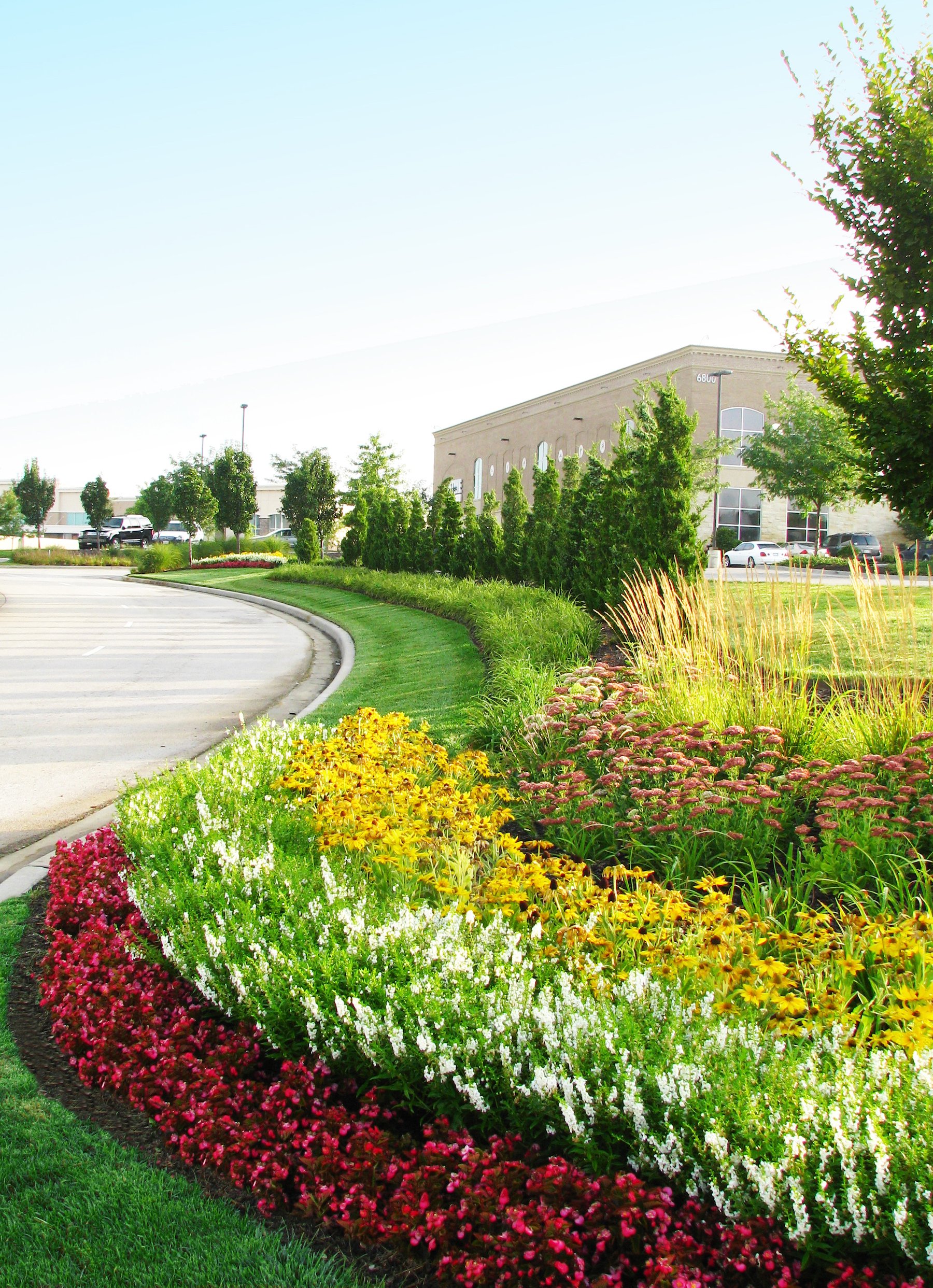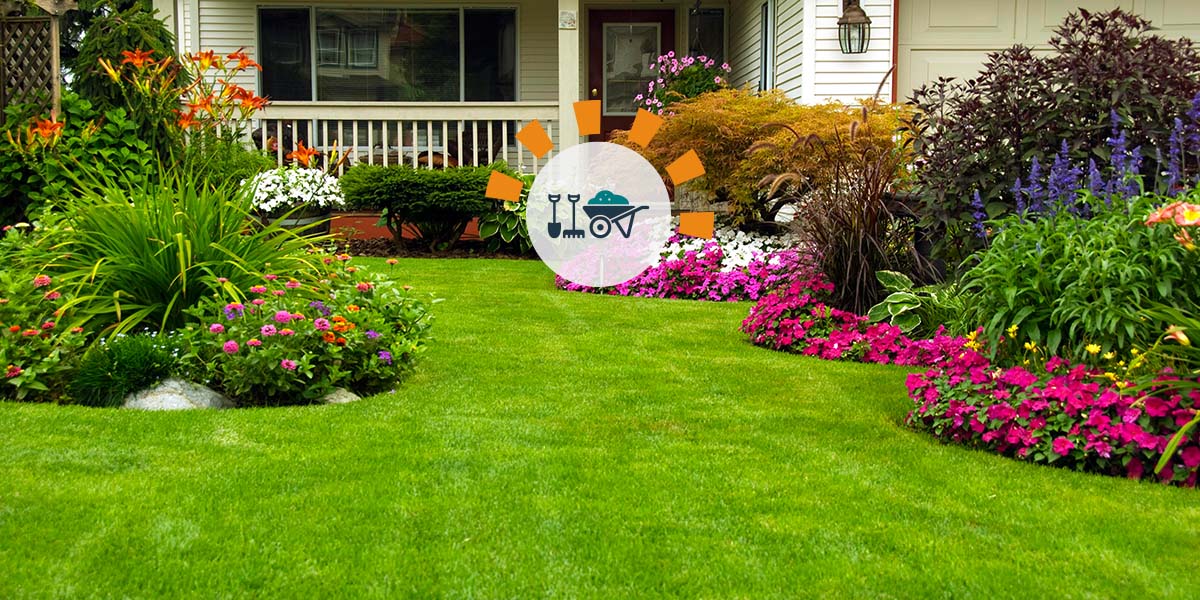Rely upon a Full-Service Landscaping Company for Residential and Commercial Projects
Wiki Article
The Value of Comprehending Different Kinds of Landscape Design for Your Garden
Recognizing the numerous types of landscaping is a necessary element in crafting a garden that not just reflects personal preference however likewise fulfills eco-friendly demands. Each landscape design style-- be it official, cottage, sustainable, or urban-- provides distinctive benefits that can substantially influence the overall wellness and aesthetics of your exterior room.Benefits of Landscaping Expertise
Recognizing the basics of landscaping supplies many advantages for both beginner and skilled gardeners alike. A strong understanding of landscaping concepts makes it possible for individuals to create practical and aesthetically enticing outdoor rooms that straighten with their personal preferences and the certain qualities of their yards.One substantial benefit is improved ecological health. Expertise of sustainable methods and native plants permits gardeners to grow communities that advertise biodiversity while reducing the demand for chemical fertilizers and chemicals. In addition, comprehending dirt types and drain can bring about healthier plant growth and decreased erosion.
Landscaping understanding additionally enhances the visual worth of a building. By finding out about style components such as color, structure, and range, gardeners can develop natural and welcoming landscapes that enhance visual allure. This not just elevates personal enjoyment however can likewise boost property value.
Additionally, notified gardeners can save time and resources. Acknowledging the right plants for details problems, such as light and wetness levels, makes certain that initiatives are not thrown away on unsuitable selections. Ultimately, a comprehensive understanding of landscaping empowers individuals to make informed decisions, fostering an extra rewarding horticulture experience.
Overview of Landscape Design Kinds
Landscape design incorporates a range of styles and methods, each customized to fulfill the one-of-a-kind demands and choices of gardeners. Comprehending these varied kinds is crucial for creating an exterior area that lines up with private tastes and environmental factors to consider.One prominent type is typical landscaping, characterized by organized designs, distinct flowerbeds, and using in proportion plantings. This design usually highlights a sense of order and harmony within the yard - Landscape. In contrast, naturalistic landscape design focuses on imitating the elegance of nature, using native plants and natural types to develop a much more relaxed and casual environment
Lasting landscaping has obtained traction, advertising environment-friendly practices that save water and reduce chemical usage. This approach usually integrates xeriscaping, which uses drought-resistant plants appropriate for dry climates. In addition, urban landscaping addresses the obstacles of limited area in city environments, commonly utilizing vertical yards and rooftop areas to take full advantage of plant.
Formal Landscape Design Described
Defined by its meticulous style and organized elements, formal landscape design develops an atmosphere of beauty and refinement in exterior spaces. This design stresses proportion, geometric forms, and distinct lines, typically including manicured bushes, topiaries, and organized blossom beds. The overall effect is a refined and refined environment that draws attention to architectural functions and improves the appeal of the bordering landscape.In official landscape design, paths are generally straight and may be lined with consistent products such as block or rock. These courses often result in focal points such as fountains, statuaries, or decorative trees, even more improving the organized nature of the layout. Shade palettes have a tendency to be a lot more minimal, concentrating on unified mixes that promote a peaceful environment.
Water features in formal landscapes are normally created with accuracy, commonly appearing as circular or rectangular swimming pools. The mindful positioning of plants is critical, with types selected for their ability to keep a tidy look throughout the periods. Generally, formal landscaping is ideal for those that appreciate order and beauty, providing a timeless visual that can substantially raise the value and allure of outside spaces.
Home Garden Characteristics
Home gardens commonly evoke a feeling of charm and fancifulness, blending a range of plants in a relatively careless yet harmonious setup. Identified by their rich, casual design, these yards usually include an eclectic mix of blooming perennials, annuals, herbs, and veggies. This diverse growing not just produces aesthetic interest however additionally attracts beneficial bugs and advertises a well balanced ecosystem.A crucial characteristic of cottage gardens is their usage of traditional materials and frameworks. Rock paths, rustic fence, and wood trellises are typically integrated to boost the yard's enchanting appeal. Furthermore, the addition of seating locations, such as arbors or benches, urges relaxation within this peaceful atmosphere.
Shade plays a substantial role in cottage gardens, with an emphasis on soft pastels and vivid hues that evoke a feeling of nostalgia. Flowers like hollyhocks, roses, and foxgloves are staples, commonly intermingled with fragrant herbs such as lavender and this post thyme.
Cottage yards mirror an approach of embracing nature's unpredictability, resulting in an unique and inviting room. By focusing on biodiversity and visual appeal, they produce a stunning setting for both yard lovers and laid-back onlookers alike.
Sustainable Landscape Design Practices
Including lasting landscaping practices is important for creating environmentally friendly gardens that flourish while decreasing their ecological impact. Landscape. Sustainable landscape design concentrates on the effective use of resources, advertising biodiversity, and improving the natural settingOne secret method is selecting indigenous Recommended Site plants, which are well-adapted to regional conditions and need much less water, fertilizer, and chemicals. This not only saves resources yet likewise supports neighborhood wildlife, consisting of pollinators. Applying water-efficient irrigation systems, such as drip watering or rainwater harvesting, further preserves water while making sure that plants receive ample wetness.

In addition, reducing grass locations and incorporating hardscaping aspects can decrease maintenance and resource usage. These techniques promote a more lasting landscape that calls for fewer inputs and gives environmental benefits. By accepting these techniques, garden enthusiasts can create spaces that are not only attractive but also contribute positively to the setting, cultivating an unified equilibrium between nature and human activity.

Conclusion
In final thought, an extensive understanding of various landscape design types is essential for producing an aesthetically pleasing and environmentally lasting yard. Eventually, embracing varied landscaping strategies promotes a harmonious partnership between exterior spaces and their settings, promoting long-term environmental balance.Comprehending the Get the facts various kinds of landscaping is an important element in crafting a garden that not only mirrors personal preference but likewise meets environmental demands. Each landscaping design-- be it official, cottage, lasting, or urban-- gives distinct advantages that can significantly influence the total health and appearances of your outdoor area. In contrast, naturalistic landscaping focuses on mimicking the charm of nature, utilizing indigenous plants and natural forms to develop a more kicked back and casual environment.
Additionally, metropolitan landscape design addresses the obstacles of restricted room in city atmospheres, usually making use of vertical gardens and rooftop areas to maximize greenery.
In conclusion, an extensive understanding of different landscaping kinds is essential for creating an aesthetically pleasing and ecologically sustainable garden. (Commercial Landscaping)
Report this wiki page